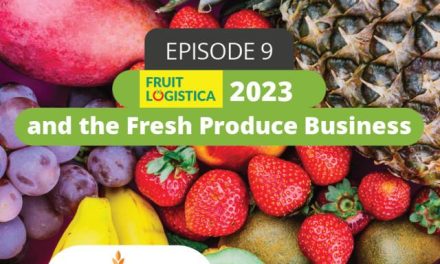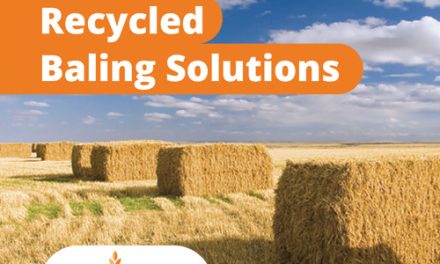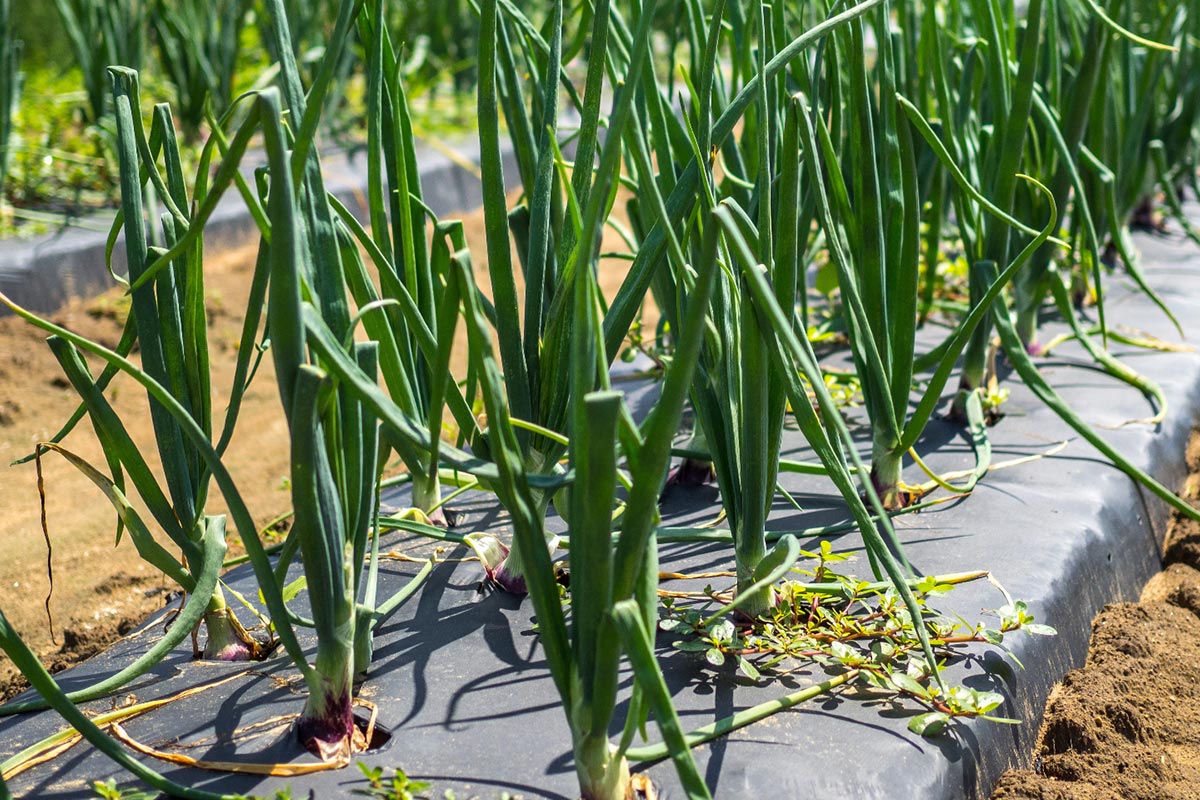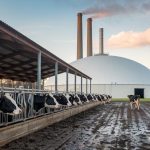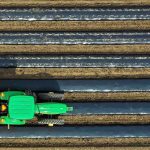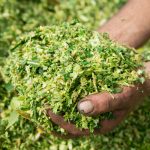
Vertical agriculture: what it’s all about, pros and cons
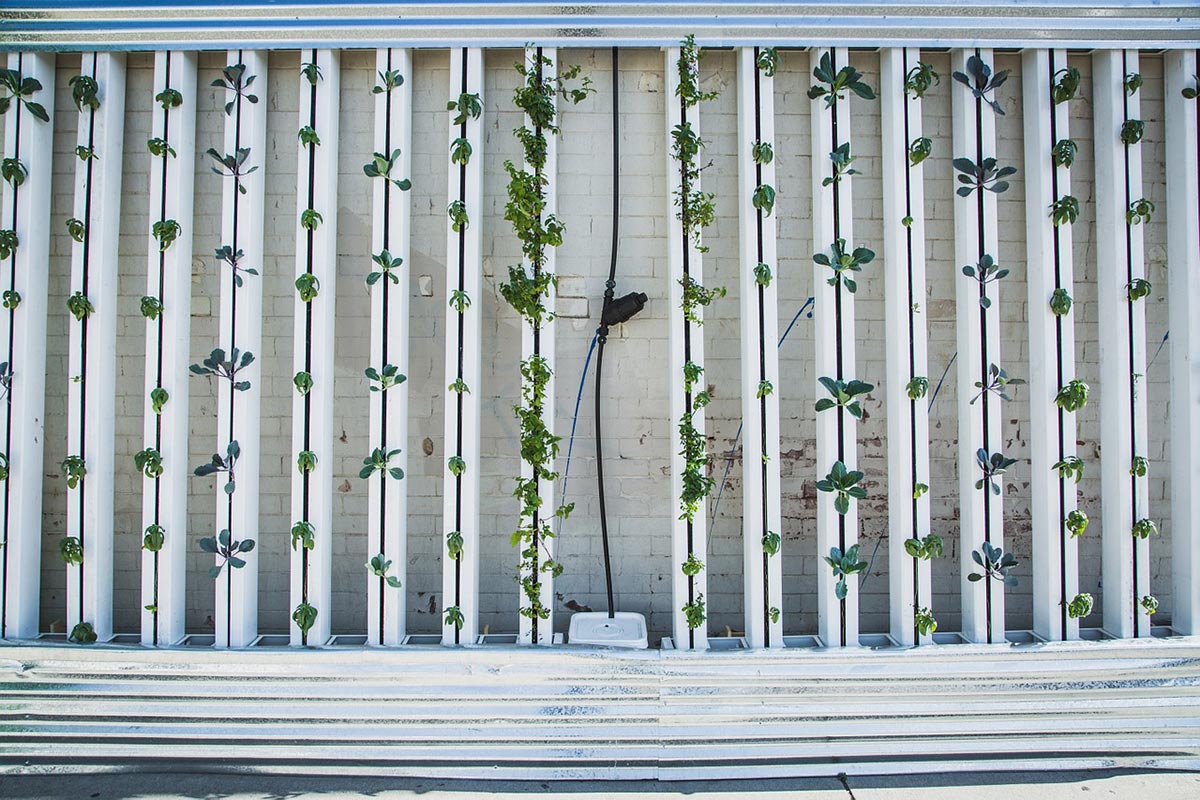

Nowadays, with the change in demographics, migrations and food demand there are several aspects that come into play when considering the future of more traditional agricultural processes. For example, one of the trends that is gaining momentum is vertical agriculture in large cities and we will get into detail about it in this post.
Until recently, when talking about agriculture we would immediately think about the large agricultural companies that own many acres of farmland that are mainly destined to large and expensive greenhouse and tunnel structures with the impressive ability to produce a wide variety of foods all year round. However, new times also bring change to the primary sector. For some years now, there are experienced and amateur farmers on a continuous quest to develop new alternatives to create a more sustainable model of agriculture.
What is vertical agriculture?
It is an alternative that seeks to make the most of vertical spaces in order to produce a wide variety of foods. Although today there aren’t many options for this type of farming, the first steps are being taken in several countries to adapt modern building structures, such as skyscrapers, to allow this kind of practice. Vertical agriculture emerges as a viable option in the face of the degradation of soils, cost of arable land, availability of water, high labour costs and the unstoppable increase of the population.
However, one of the challenges of vertical agriculture is to try to modify the paradigms established and globally accepted in terms of space and sunlight. By this we mean that since the beginning of time, men started with the art of agriculture in a horizontal way, looking for a way to take the most advantage of sunlight all day long. So, attempting to make farmers or producers consider this process from a different perspective, one that is actually growing upwards, using other lighting methods that enhance photosynthesis in plants, constitutes quite a challenge.
The good news is that by demonstrating that vertical agriculture has plenty of benefits, especially in large cities where horizontal space is limited, the pieces of the puzzle will begin to fit and everything else will be simpler.
Technology: the key to the development of vertical agriculture
Thanks to technology, vertical agriculture can recreate the necessary light, humidity and CO2 levels necessary for the cultivation of a basil plant, for example, as if we were in Genoa, Italy. This is precisely what Square Roots did in New York, as one of the most innovative companies in the business of vertical agriculture that grows or cultivates in containers in Brooklyn using state-of-the-art technology to be able to provide the benefits of nature necessary for each crop.
This business has already become a millionaire boom with an estimated global value of $6.4 million dollars by 2023, according to Jeffrey Landau of Agritecture Consulting. A business where large distributors want to participate for reasons such as:
- To produce fresh food locally
- Being able to commercialize the products faster
- Being able to harvest at any time of the year
- Forget about pesticides and the consequences of bad weather in crops
But this is not a walk in the park, the main disadvantage of this business are the high production costs -especially for lighting- and, on the other hand, the limited range of food that can be grown so far.
In addition to vertical agriculture, a sample of what communities can do when they join forces is to take advantage of abandoned spaces in large cities to boost urban agriculture. This is the case in Detroit, USA, where an opportunity was found to take advantage of several miles of fertile land to revive its economy by transforming a former industrial park into an agricultural paradise. For more information on this case we recommend reading our article about Urban Agriculture.
Although some are not yet convinced about this agricultural alternative, the truth is that experts in the field, such as the environmentalist Dickson Despommier, who is considered the father of vertical agriculture, believes that this way of doing agriculture is legitimate and totally valid for the environment, since by cultivating vertically the energy used and the generation of waste decreases considerably, thus promoting the use of green alternatives that contribute to boost productivity and crop quality.
The idea behind it is for communities to be able to create an enabling environment that allows them to sustain themselves by producing their own food.


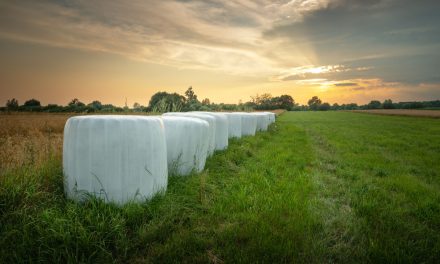
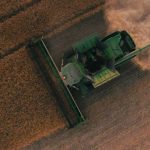

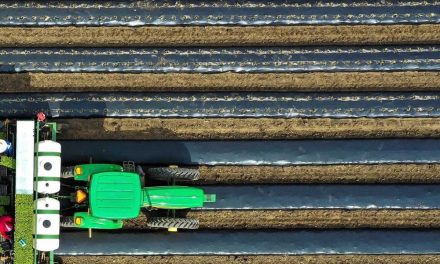



![[eBook Trends in Agriculture Plastics] Increasing use of biodegradable mulch](https://agriplasticscommunity.com/wp-content/uploads/550 × 310_2_ENG-440x264.png)
![[eBook Trends in Agriculture Plastics] Reducing the plastic used in the manufacture of agricultural films](https://agriplasticscommunity.com/wp-content/uploads/550 × 310_1_ENG-440x264.png)






